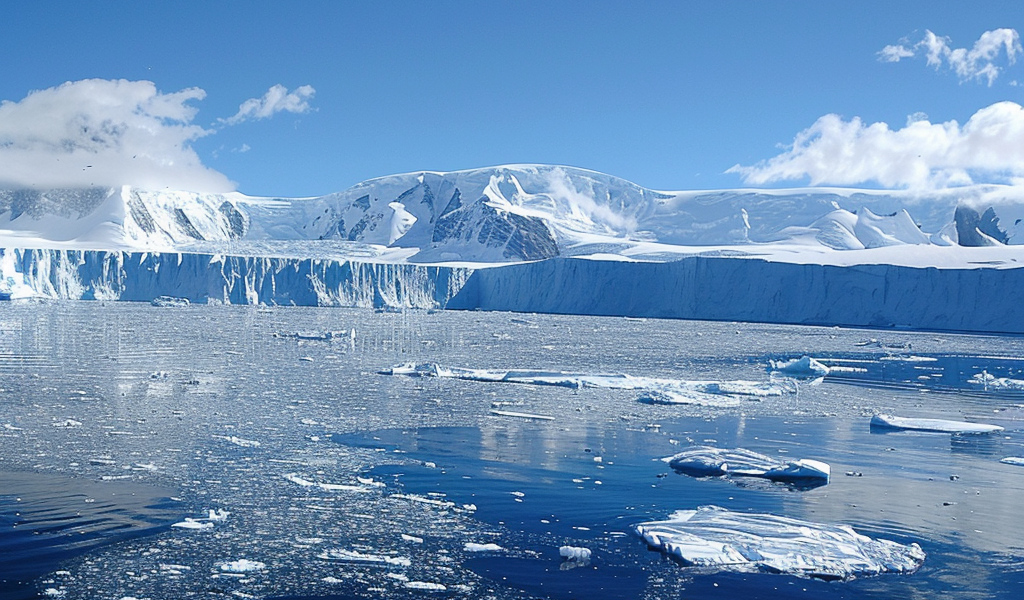Ocean water is rushing miles underneath Antarctica’s “Doomsday Glacier,” a new study reveals, potentially leading to significant impacts on sea level rise. The research, utilizing radar data from space, provides crucial insights into the vulnerability of the glacier and its implications for global sea levels.
The Thwaites Glacier in West Antarctica, known as the “Doomsday Glacier” due to its potential catastrophic effects on sea levels, is currently facing increased risks of melting. The interaction between warm ocean water and the glacier is causing substantial melting beneath the surface, challenging existing projections of sea level rise.
The study, published in the Proceedings of the National Academy of Sciences, highlights the concerning dynamics at play. The Thwaites Glacier, the widest glacier globally and comparable in size to Florida, is particularly susceptible to collapse. Its location on sloping land allows ocean waters to erode the ice, contributing significantly to global sea level rise.
Already responsible for 4% of global sea level rise, the Thwaites Glacier holds enough ice to potentially raise sea levels by over 2 feet. However, the glacier’s collapse could have even more severe consequences, with estimates suggesting it could lead to a staggering 10 feet rise in sea levels. Such an event would pose a grave threat to coastal communities worldwide.
Scientists have long warned about the vulnerabilities of the Thwaites Glacier, with climate change exacerbating its instability. The findings underscore the urgent need for continued monitoring and research to better understand the complex interactions driving glacier melt and sea level rise.





